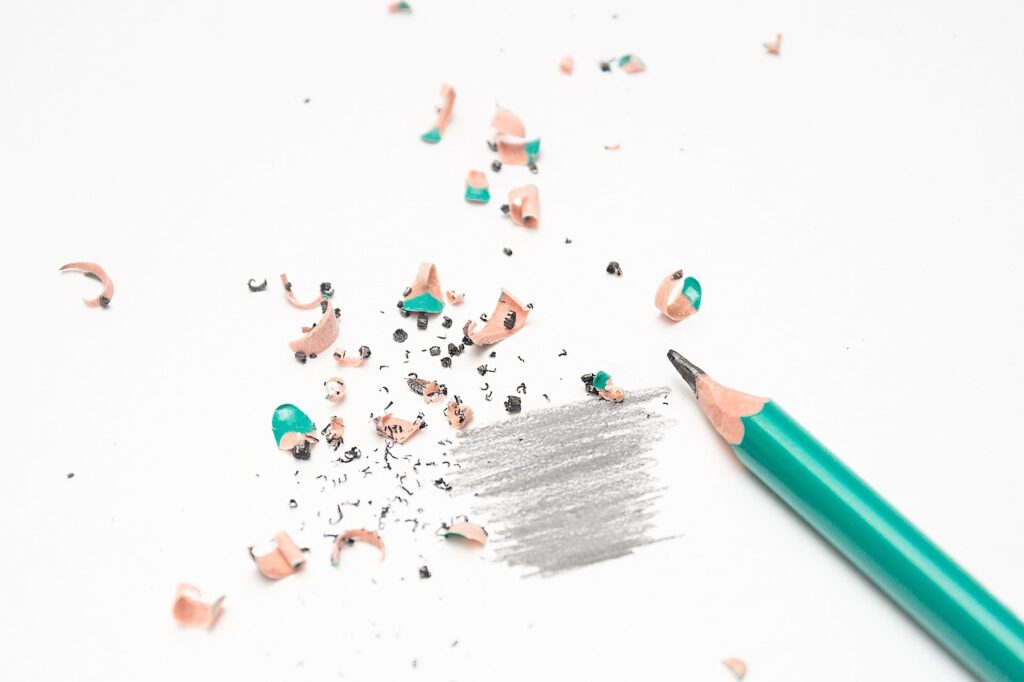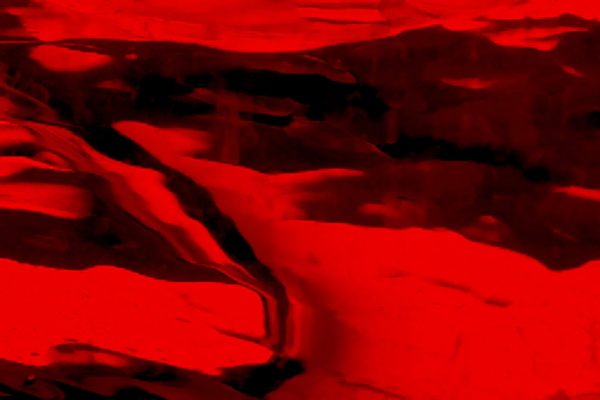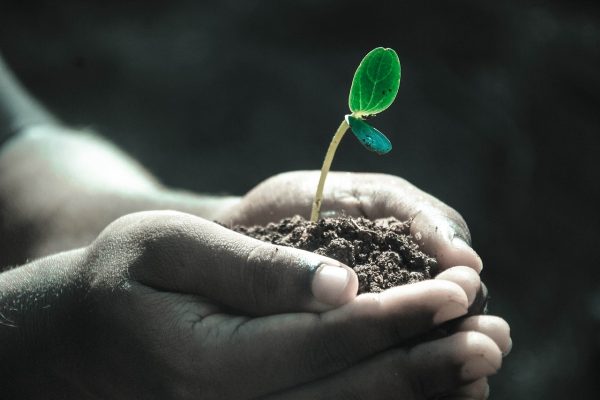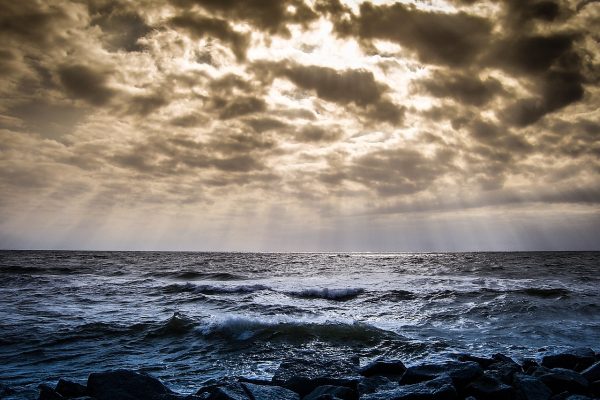OVERVIEW
During the last three years, I’ve made rubbings (in pencil or crayon, on Mylar or paper) of the exteriors of various synagogues/prayer centers in greater New York City. I restricted myself to doing this solely during the the Nine Days, a period of semi-mourning observed by religious Jews. The Nine Days comes at the end of a larger three-week period that usually falls (in the Western calendar) around the hottest days of July or August; it begins with a day of fasting, and culminates in a full fast day known as Tisha B’Av (literally, “The Ninth of Av”)—as severe as that of Yom Kippur. The latter fast commemorates the destruction of both the First and Second Temples (the last stood until 70 CE) in Jerusalem.
The Three Weeks, and especially the Nine Days, are considered the saddest time of the year for Jews. Still, during this time (as opposed to holy days), Jews are permitted to go about their work as usual; often, no one outside the community is aware that they are in mourning (during the dog days of summer, no less) for the loss for their ancient, and beloved, centralized site of sacrificial worship.
I have chosen to make a rubbing of a different synagogue/Jewish center for each of the Nine Days — except the Sabbath, when work is prohibited.
My criteria are as follows:
1) that each building need only be a site of ongoing, regularly scheduled Jewish communal prayer (a living, functioning temple with a lowercase “t” — Jewish community centers and the like with a regular minyan count.)
2) that I must find a different one of these sites to rub every day and that there be no repeats from year to year.
1) that each building need only be a site of ongoing, regularly scheduled Jewish communal prayer (a living, functioning temple with a lowercase “t” — Jewish community centers and the like with a regular minyan count.)
2) that I must find a different one of these sites to rub every day and that there be no repeats from year to year.
Though the religious/meditative resonances are numerous for me, I felt that, in a purely tangible/tactile way, I could better re-envision the construction of a new Temple (something prayed for daily in the Jewish liturgy, and, we are told, only to occur in the Messianic Era) by making a record of those that do exist within my reach. I live in The Diaspora. And by taking on this project, I am forced to find new centers of communal Jewish life — to touch, and record them.
I would like others to join me. Just think of how much larger this new wall of images will become.
Doing a rubbing does not require much in the way of technical expertise or artistic talent.
Here’s a Quick How-To:
-
Take a sheet of regular drawing paper, tracing paper, or Mylar (any paper that will allow the texture of a surface below it to come through will do).
-
Hold it up to the wall/surface so that it doesn’t move; securing the paper with non-sticky tape is easier, but, not every synagogue will allow you to do this.
-
Take a crayon, or pencil-stick, or some form of dry color stick and move it back-and-forth across the paper until an image forms from the texture that is underneath (hint: rip off the wrapper on that crayon; use the broad side!).
-
Make sure not to leave any marks on the surface of the wall, doorknob, etc. Never deface the surface in any way! This should probably be point number one. Always keep it in mind.
-
Make note of the date on the back in English and Hebrew time, and the location. For instance: 7th July, 2008; Av 6, 5768, Synagogue Shaaray Tefila, New York City
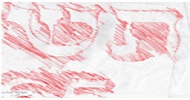
Things You Might Want to Know:
Lots of synagogues have high security these days. If I see a security camera, or a guard, I go inside and ask first for permission to rub. This is often an interesting (and meaningful) escapade, in and of itself. Oftentimes I go at off-hours, and no one is around, so I just make the rubbing as respectfully as I can (you want to put passersby at ease, too) — and leave. That’s interesting, as an event, as well. How you encounter the site — the weather, if anyone’s around, people you might need to meet—is all part of the experience. Sometimes just having a brief conversation with a stranger at the temple is enough to begin a deeper conversation about this period of time. Consider keeping a diary or making a map of your itinerary.
What would it be like for someone in Virginia, in Prague, in Berlin, to do 8 rubbings in 9 days? Would it require overnight stays? How far would they have to go to find a shul? Rubbings are the best record in my opinion for this project, but photographs, also, would be cool. Feel free to take them and send them to me at theninedays@gmail.com.

